“A veritable cornucopia of modulating textures”: Kernom Elipse pedal review
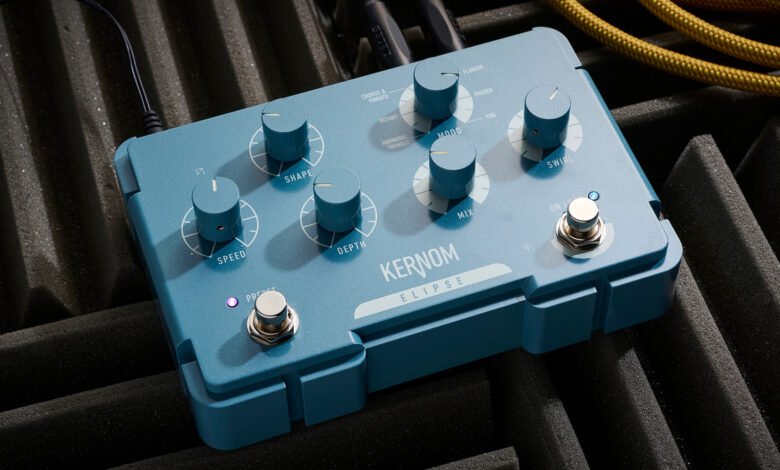
Guitar World Verdict
If you’re after a modulation pedal that can do things differently but still cover all of those classic sounds, I’d highly recommend you go check out the Kernom Elipse. It’s an incredibly versatile pedal that can play a lot of roles, and its ruggedness will make it a gigging workhorse.
Pros
- +
Produces some unique timbres.
- +
Can do classic modulation sounds.
- +
A lot of scope within its controls.
- +
Incredibly robust build quality.
Cons
- –
No extra presets without MIDI.
- –
No option for stereo.
You can trust Guitar World
Our expert reviewers spend hours testing and comparing guitar products so you can choose the best for you. Find out more about how we test.
What is it?
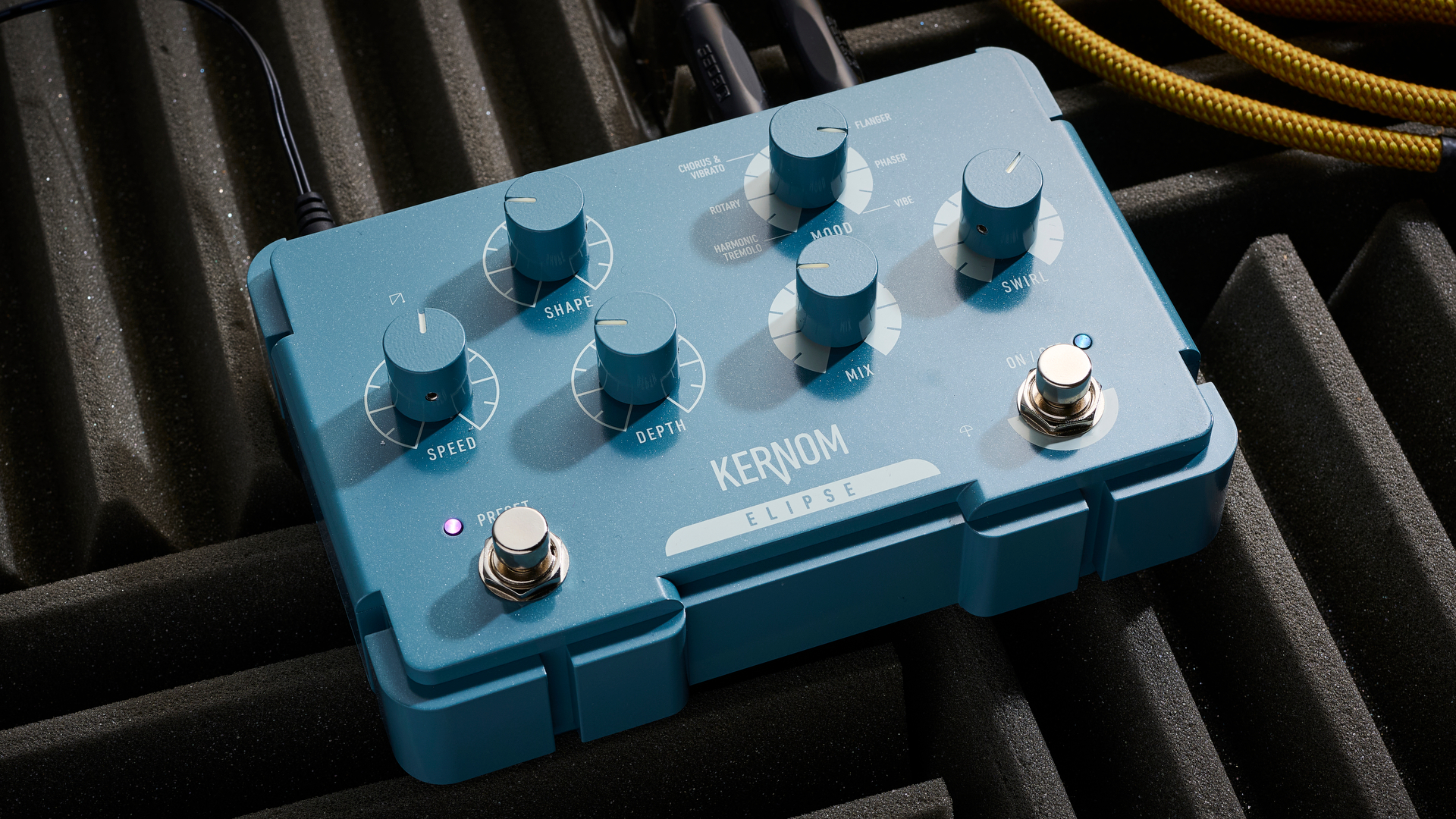
There are quite a few multi-modulation pedals on the market these days, including some big hitters from Boss, Strymon, and Walrus Audio. So what makes the Kernom Elipse worthy of your attention? Well, as we’ll find out it’s a slightly different beast to the aforementioned, doing something that the others can’t.
At the center of the Elipse is a unique functionality that combines an analog audio path controlled by digital circuitry
At the center of the Elipse is a unique functionality that combines an analog audio path controlled by digital circuitry, allowing you to morph between different modulation tones seamlessly. It opens up some interesting tonal possibilities, whereby you can mix different effects together to create something completely unique and particularly suited to the song you’re engaging it for.
To help you control the Elipse’s oblique tonal shifting properties you’ve got a selection of six knobs. The left-hand side deals with the individual parameters of each effect in the form of Shape, Speed, and Depth, controls commonly found on a wide variety of modulation pedals. The right-hand side dictates what sort of sound and how much of it you get, with the Mood knob giving you your core sound, while Mix controls effect versus dry guitar. So far so simple. The Swirl knob does something totally different, but we’ll get to that later on.
In terms of connectivity, you’ve got a single 1/4-inch input and output, so no option for stereo swirling. There is an expression pedal connection that allows you to control certain parameters and MIDI in and out comes via two MIDI TRS connectors, opening up the possibility of 128 presets with Program Changes as well as control of the pedal’s internal functions via Control Change messages.
Specs
- Launch price: $369/£309/€369 – custom duties may apply outside the EU
- Type: Modulation
- Controls: Speed, Shape, Depth, Mix, Mood, Swirl
- Features: Modulation effects morphing
- Connectivity: Input, output, expression, MIDI in, MIDI out, power
- Bypass: Buffered
- Power: 9-volt, 150mA minimum, 200mA recommended
- Dimensions: 164mm x 52mm x 112mm
- Weight: 850g (1.8 lbs)
- Options: N/A
- Contact: Kernom
Build quality
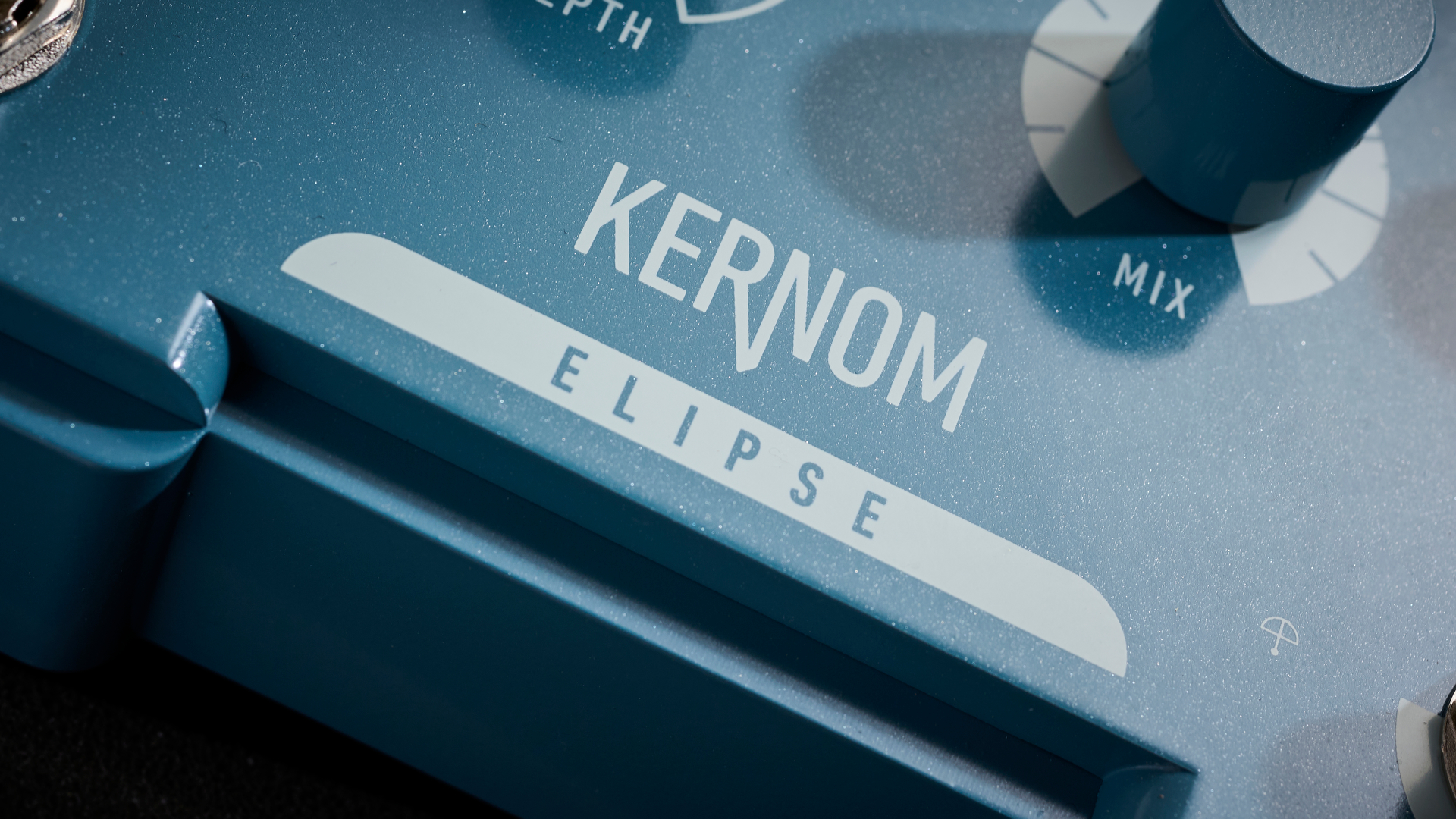
Build quality rating: ★★★★★
It’s by far the most robust feeling pedal I’ve ever had my hands on
Let’s get one thing out of the way first. This thing is actually built like a tank. This overused idiom is present on many a guitar gear review but I think the Kernom Elipse really could survive being run over by a tank with its 5mm thick aluminum casing. It’s by far the most robust feeling pedal I’ve ever had my hands on, and if you were so inclined to launch it across the room, there’s no doubt in my mind whatever it hit would take far more damage than the pedal itself.
The control knobs are really stiff which may divide some, but I love that it allows for very incremental changes, which makes a lot of sense when using the Mood knob. Everything feels solidly attached, and the pedal feels like one cohesive unit with everything being so solid. There are zero doubts for me that these things will still be around long after the cockroaches inherit the Earth.
Usability
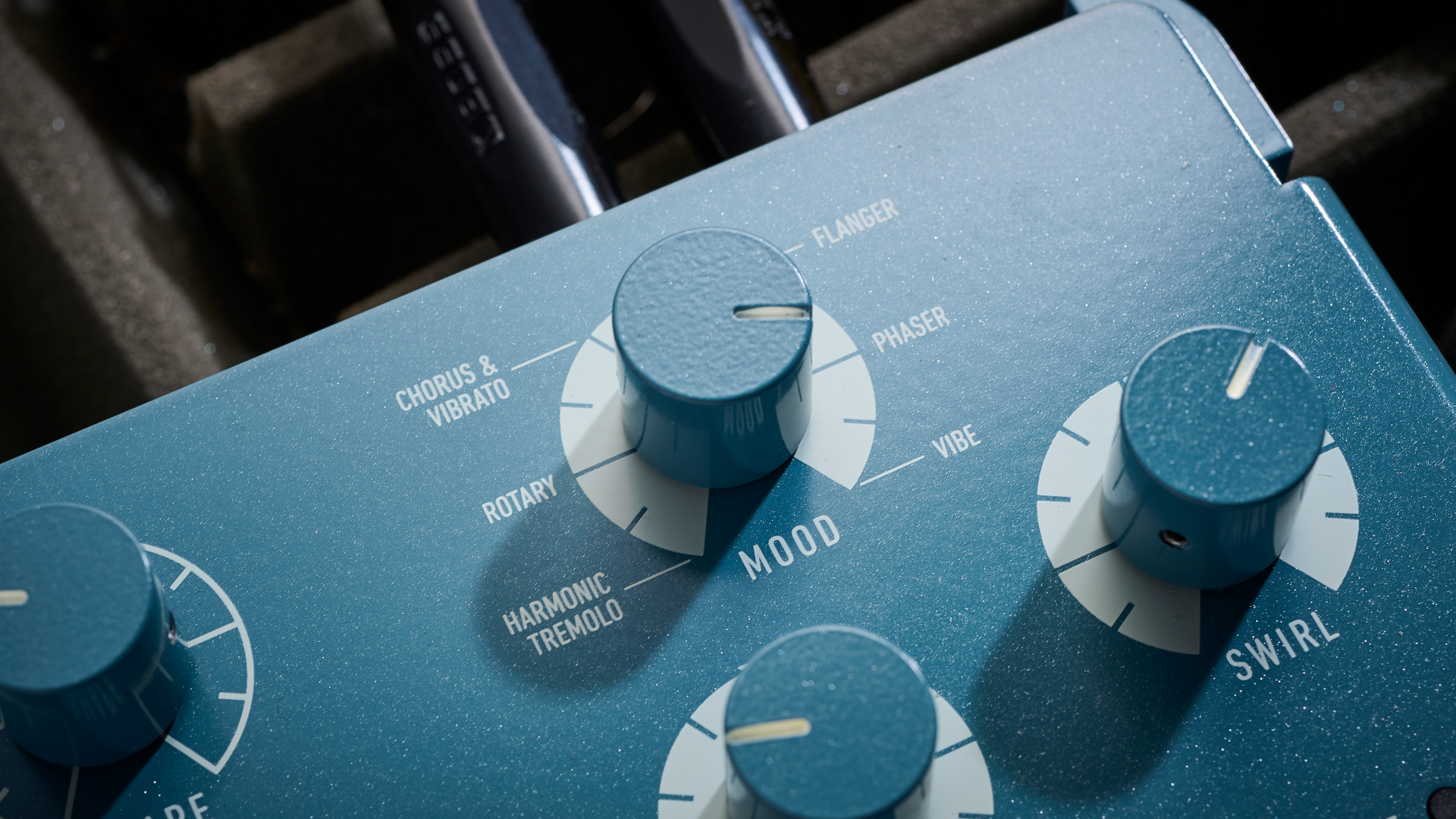
Usability rating: ★★★★☆
I began my tests without a manual, switching between settings to see what sorts of sounds I could conjure. Everything is very self-explanatory and labeled which makes the Elipse very easy to use. If you’ve ever used a modulation effect pedal you’ll have no problems dialing in usable sounds, but those additional controls and the fine details of the Mood knob will take some further digging.
I didn’t need to jump into the manual to work out how to save a preset either, you just hold down the preset knob for a few seconds and the accompanying LED starts flashing to let you know it’s done. It means you can have one preset ready to go and set the pedal to what you want, giving you two presets to switch between.
If you need more than that, you’ll need to start diving into MIDI foot controllers for your guitar, which gives you a lot more flexibility for curating presets. Bear in mind that the lowest number message on your MIDI controller, usually 0 or 1, will relate to the internal preset. With 128 presets possible this way, you won’t be running out of sounds any time soon.
Sounds
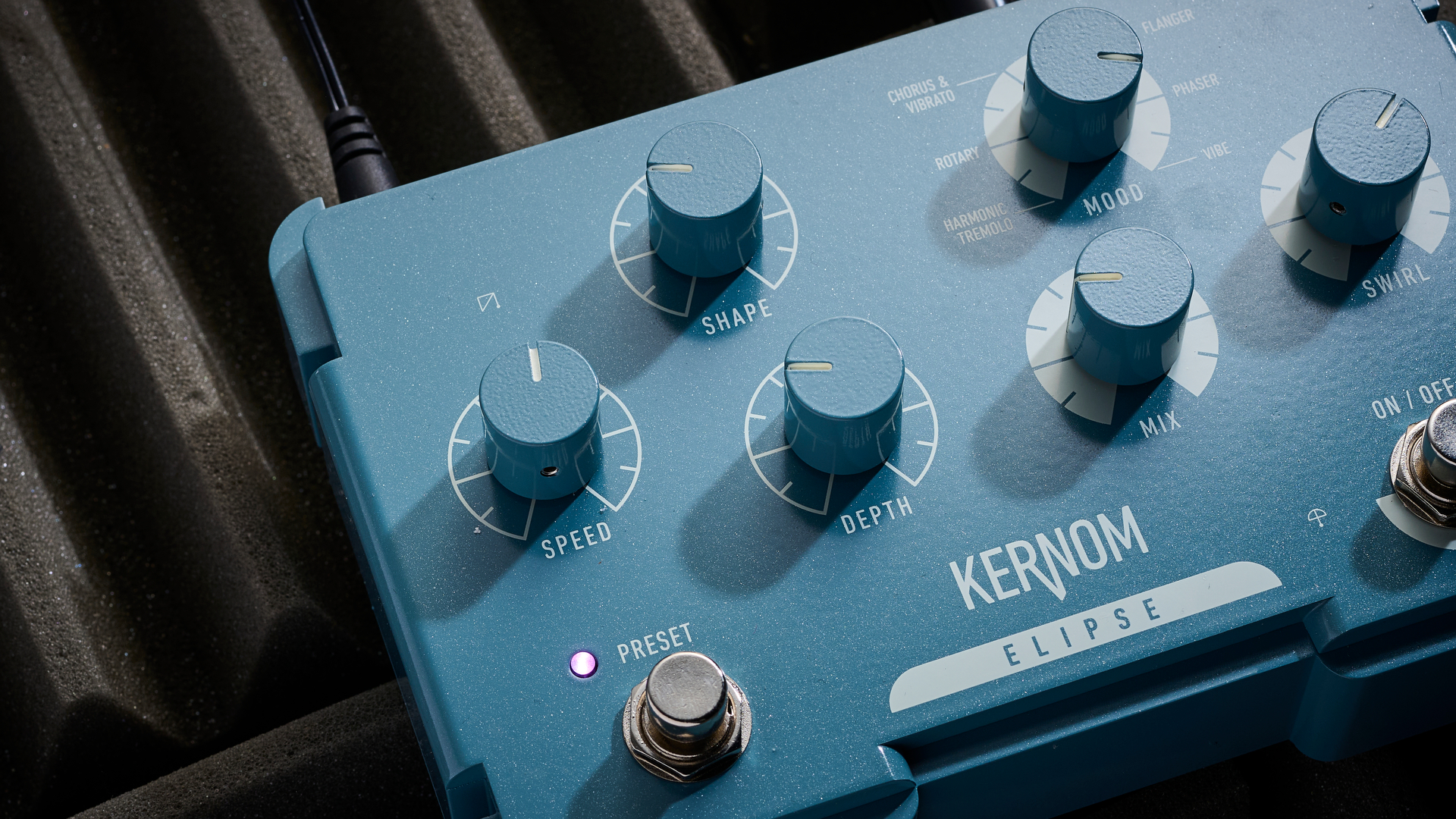
Sounds rating: ★★★★½
From the Black Hole Sun rotary sound to a Hendrix-esque Univibe, the Elipse delivers iconic modulation tones in buckets
Once I’d had a mess around with the Elipse at face value, I decided to start diving into the cheat sheet Kernom kindly provided me to dial in some classic effects. I was at home so I played through my HX Stomp, using the Fender Twin and Princeton models for clean tones, and the Orange Rocker and 5150 models for gain sounds.
From the Black Hole Sun rotary sound to a Hendrix-esque Univibe, the Elipse delivers iconic modulation tones in buckets. It can do an amazing CE-1 impression (try not playing Message In A Bottle), as well as an awesome Phase 45 imitation.
Below you’ll find some examples of these classic effects I put together while I was testing the pedal.
These bread-and-butter effects are all high quality and sound great, but to be honest I’m more interested in those morphing effects we mentioned earlier. They’re accessed by placing the Mood knob in the in-between positions, giving you qualities of each effect that deliver some totally unique textures.
Below I’ve tuned my guitar to DADGAD and played an open chord while slowly sweeping the ‘Mood’ knob so you can hear how the effects bleed into one another. I’ve done a clean demo and one with a higher gain sound and the mix knob set to full to unlock the full-range tremolo and the vibrato effect.
The Mood knob is laid out in an order that will make sense to pedal nerds, with the Rotary effect placed in between the Tremolo and Chorus effect as it shares elements of both sounds. Moving on to the Chorus, Vibrato, and Flanger, these are all technically the same effect, so again it’s logical to place them next to each other. Finally, the Vibe effect is positioned next to the phaser as it is a type of phaser circuit.
It’s incredibly good fun balancing these different tonalities and I spent a good hour just experimenting with the mood knob to see what I could create. Fine adjustments here can make a big difference to what you get, and that’s before you start getting the other controls involved. It’s a veritable cornucopia of modulating textures that had me wanting to buy a MIDI controller so I could save a myriad of presets for my own tones.
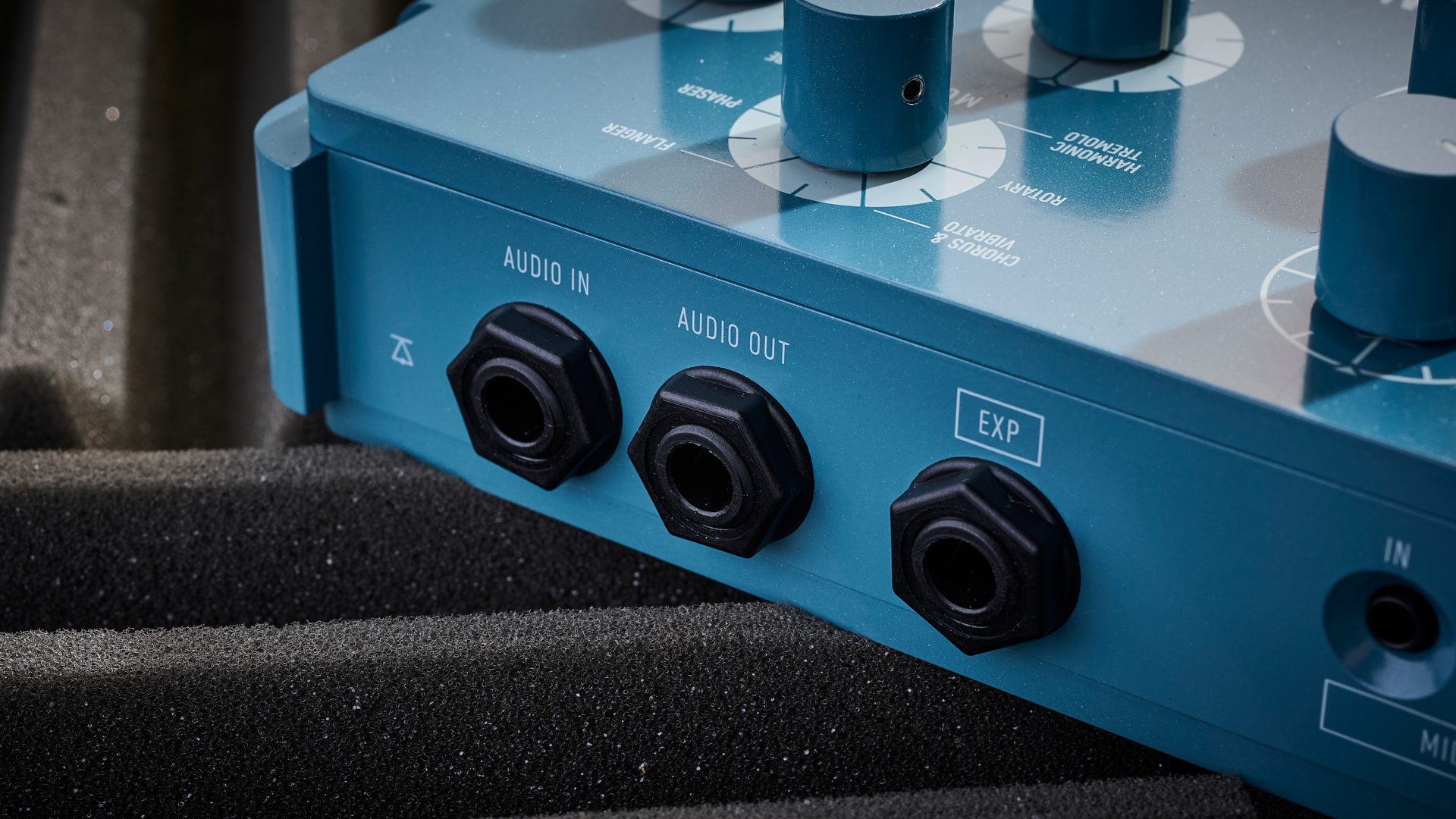
The depth knob determines how much modulation you get, while the Speed knob increases or decreases the pace of the modulation. Meanwhile adding varying amounts of the Shape knob goes from a smooth, quick dip in the waveform at the far left position, a sharp up-down shape at the midpoint, and a smooth, quick rise at the far right position.
Finally, the Swirl knob gives you the addition of a slow phaser alongside any of the other effects from the far left to the mid position, before introducing a drive circuit inspired by the Kernom Ridge from the mid-point to the far right. I found the slow phase hard to discern to be honest, but absolutely loved the addition of some extra drive sounds to help saturate the modulation even further.
Verdict
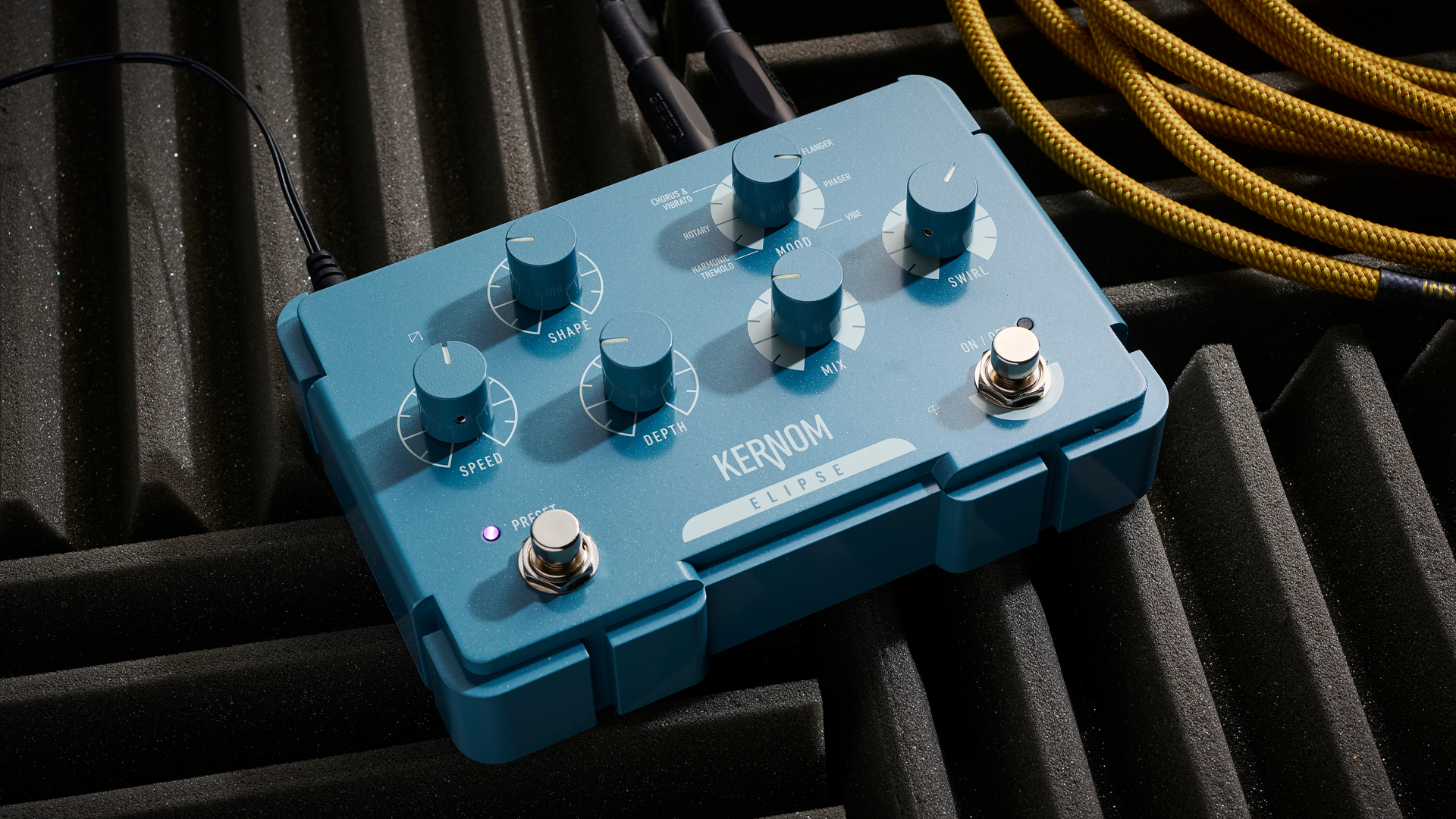
If you’re bored of the average multi-modulation pedal, the Kernom Ridge will give you some unique flavors that could unlock a lot of creativity in your playing. It’s easy to use on the face of it, but offers plenty of depth for those who like to manipulate their effects and manipulate their tones.
It’s an incredibly robust pedal, and I’d go as far as to say it’s set a new standard for me when it comes to ruggedness, taking it from built-like a tank to capable of being run over by one. I love the stiffness of all of the knobs for making fine adjustments, but can appreciate there are those who might not enjoy the feel. There’s no stereo either, which might disappoint synth users or the rare guitarist running a full stereo rig.
Guitar World verdict: If you’re after a modulation pedal that can do things differently but still cover all of those classic sounds, I’d highly recommend you go check out the Kernom Elipse. It’s an incredibly versatile pedal that can play a lot of roles, and its ruggedness will make it a gigging workhorse.
Swipe to scroll horizontally
|
Test |
Results |
Score |
|---|---|---|
|
Build quality |
One of the most robust pedals I’ve ever tested. |
★★★★★ |
|
Usability |
Easy to use with depth, but lacking some features. |
★★★★☆ |
|
Sounds |
Offers an incredible array of tones. |
★★★★½ |
|
Overall |
Will satisfy a huge variety of guitarists. |
★★★★½ |
Also try
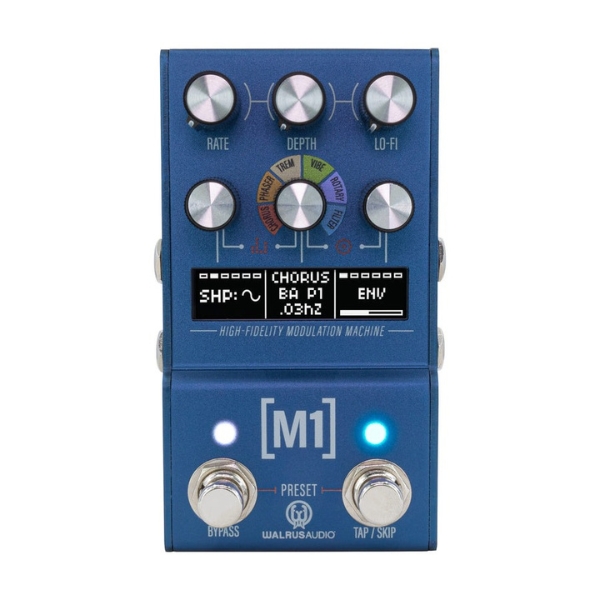
Walrus Audio Mako M1 MKII
$399/£385
With its use centered around a knob similar in look to that of the ‘Mood’ knob on the Kernom Elipse, Walrus Audio’s Mako M1 MKII modulation pedal offers a similar level of tweakability when it comes to modulation sounds. It’s got a lot of depth, but is a lot more difficult to utilize versus the simplicity of the Elipse.
Read more: Walrus Audio Mako M1 MKII review
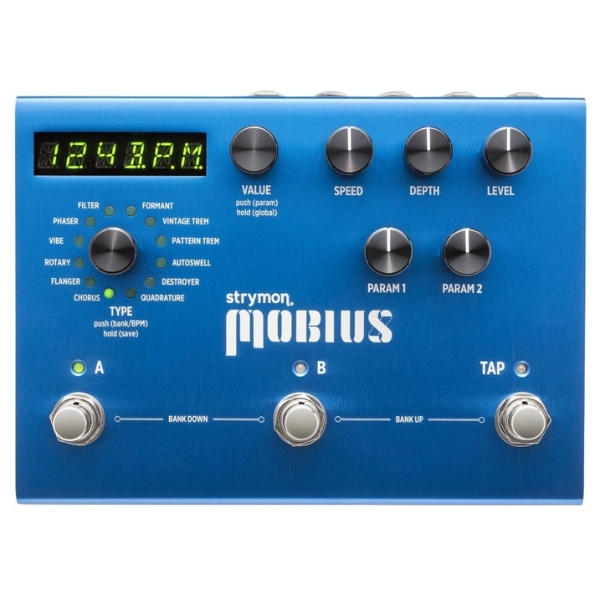
$449/£399
If you want depth from your modulation sounds then you should check out the Strymon Mobius. It doesn’t get as weird as the Kernom Elipse, but it’s as high definition as modulation sounds come in a digital pedal, with plenty of options for integrating pedals at different stages of your signal chain.
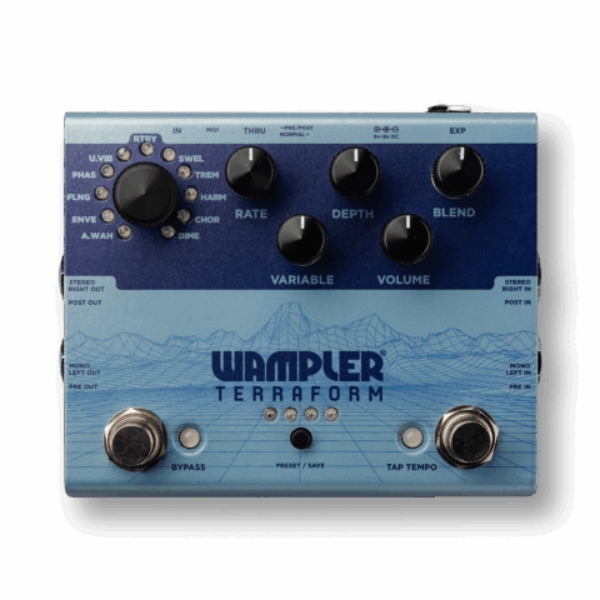
$299/£299
If you’re after modulation sounds but don’t want to mess with your pedal order, the Wampler Terraform features a pre/post mode that lets you connect to your effects loop and set where you want the effect to appear. It’s got a great selection of sounds, particularly the vibe which I found to be uber-luscious.
Hands-on videos
In The Blues
Kernom Elipse | The Swiss Army Knife of Modulation Pedals🔥 – YouTube

R.J. Ronquillo
Kernom Elipse | Multi Modulation Pedal – YouTube

John Nathan Cordy
The Kernom Elipse – the Only Modulation Pedal You Need – YouTube

“>
You must confirm your public display name before commenting
Please logout and then login again, you will then be prompted to enter your display name.





